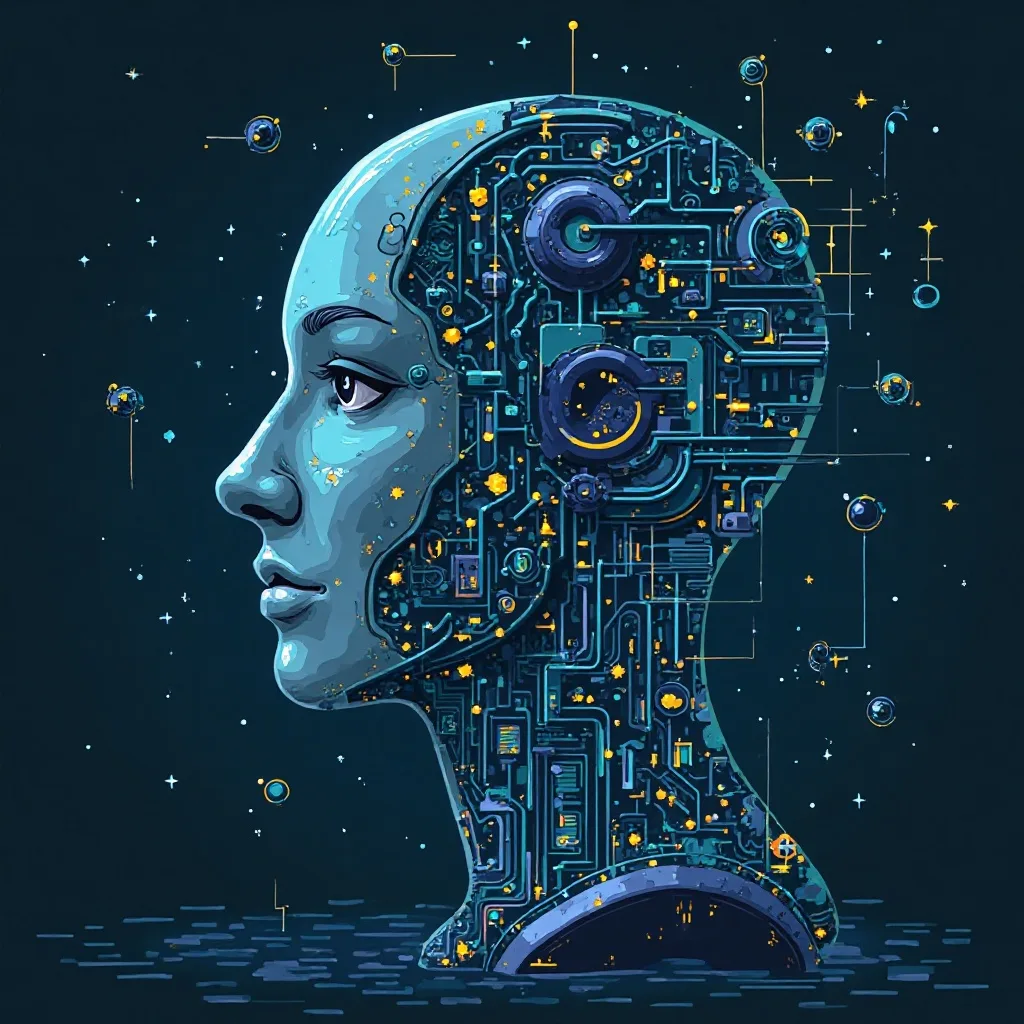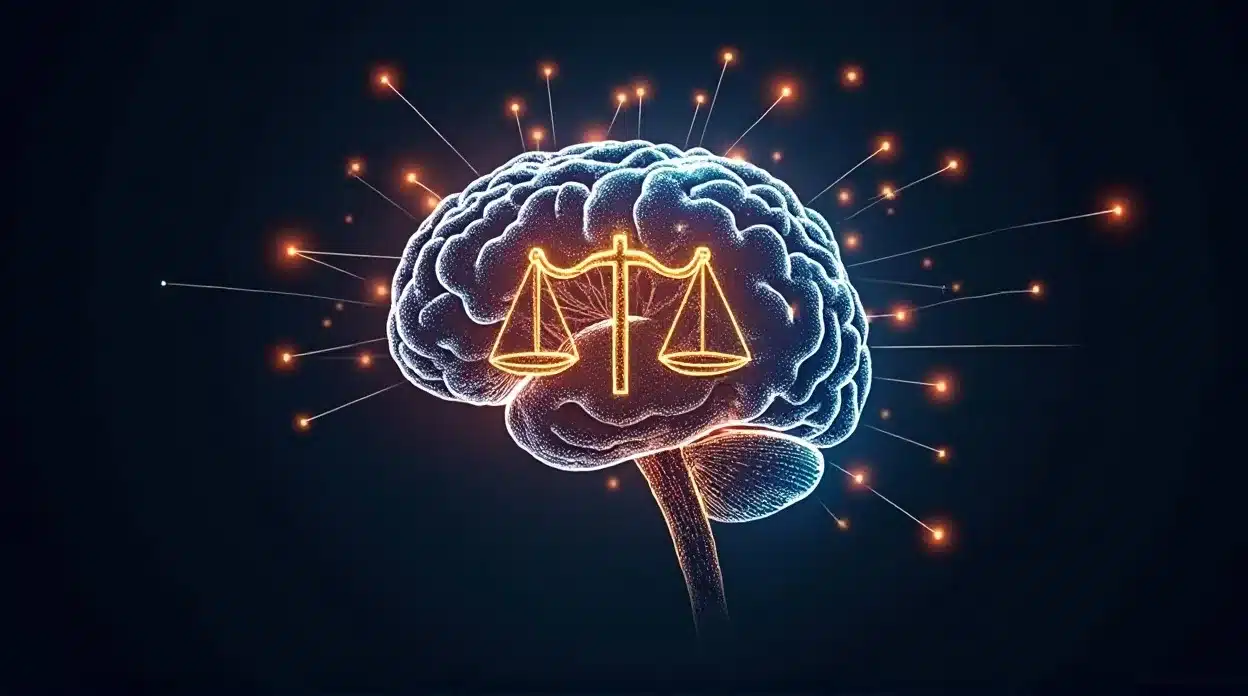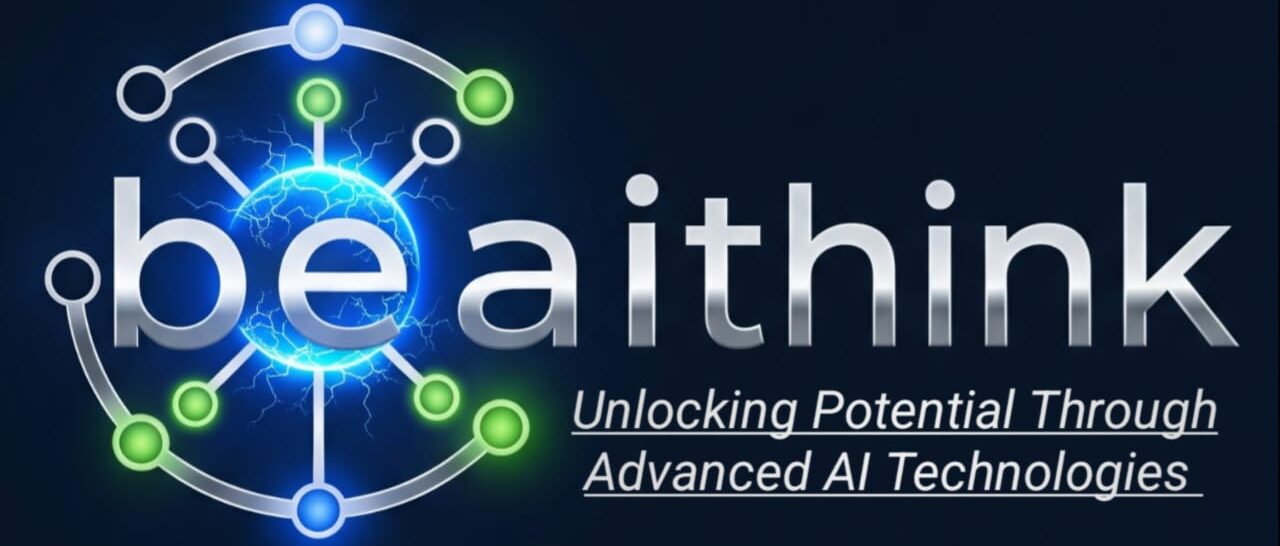The promise of Artificial Intelligence often conjures images of efficiency, innovation, and a smarter future. From self-driving cars to personalized medicine, AI’s potential seems limitless. Yet, beneath this gleaming facade lies a critical, often insidious problem: AI bias. This isn’t a theoretical concern for future generations; it’s an urgent warning for our present, threatening to perpetuate and amplify societal inequalities at an unprecedented scale. The decisions made by today’s AI systems, if unchecked, are shaping a future that could be far less equitable than we envision.
Table of Contents
ToggleThe Invisible Hand: How Bias Creeps into AI
AI systems learn from data. This fundamental principle is both their greatest strength and their most significant vulnerability. If the data fed into an AI model reflects existing human biases, stereotypes, and historical inequalities, the AI will not only learn these biases but also embed them into its decision-making processes. It’s like teaching a child using a biased textbook – the child will internalize those biases and act accordingly.
The sources of AI bias are manifold and often hidden:
Data Collection and Representation Bias
This is perhaps the most pervasive form of bias. Imagine an AI trained to recognize faces, but its training dataset primarily consists of images of light-skinned individuals. When presented with a person of darker skin, the AI’s performance might drastically drop, leading to misidentification or even failure to recognize. Similarly, if a dataset for medical diagnoses disproportionately represents one demographic, the AI might perform poorly or provide inaccurate diagnoses for underrepresented groups.
-
Underrepresentation: Entire groups of people are missing or scarcely present in the training data.
-
Overrepresentation: Certain groups are excessively represented, skewing the AI’s perception.
-
Historical Bias: Data reflects past discriminatory practices (e.g., historical loan approvals showing bias against certain ethnic groups).
Algorithmic Bias
Even with seemingly “clean” data, the algorithms themselves can introduce or amplify bias. How features are weighted, how the model learns relationships, or how it optimizes for certain outcomes can inadvertently favor one group over another. Complex algorithms can make it difficult to pinpoint exactly where the bias originates, leading to “black box” problems where the AI’s reasoning is opaque.
Interaction and User Bias
AI systems are not static; they continue to learn from user interactions. If users continually feed biased information or interact with the system in a way that reinforces stereotypes, the AI can adapt and reflect these biases in its future outputs. This creates a dangerous feedback loop, where societal biases are amplified by the very systems designed to assist us. Think of a search engine’s autocomplete feature that suggests biased terms based on popular (but prejudiced) searches.
Real-World Consequences: When AI Bias Becomes Discrimination
The theoretical discussion of bias pales in comparison to its real-world impact. AI bias isn’t just an inconvenience; it can lead to tangible harm, denying opportunities, perpetuating injustice, and eroding trust in technology.
Bias in Recruitment and Employment
Many companies now use AI to screen job applications, analyze resumes, and even conduct initial interviews. If the AI is trained on historical hiring data that favored certain demographics (e.g., predominantly male hires for tech roles), the AI might inadvertently filter out qualified female candidates, even if gender is not explicitly a criterion. Amazon, for instance, famously scrapped an AI recruitment tool after it showed bias against women.
Bias in Criminal Justice
AI is being used in predictive policing to identify crime hotspots and in risk assessment tools to determine bail amounts or sentencing recommendations. If these systems are trained on data reflecting historical racial profiling or disparate sentencing for similar crimes, they can unjustly flag individuals from minority communities as higher risk, leading to harsher penalties or continued surveillance. This reinforces systemic inequalities and erodes trust in the justice system.
Bias in Healthcare
AI-powered diagnostic tools or treatment recommendation systems can exhibit bias if trained on unrepresentative patient data. For example, a diagnostic tool might be less accurate for certain racial groups if the training data was predominantly from another group, leading to misdiagnosis or delayed treatment for underrepresented patients. Similarly, AI used in drug discovery could overlook genetic variations prevalent in specific populations.
Bias in Financial Services
AI algorithms are increasingly used for credit scoring, loan approvals, and insurance underwriting. If historical data reveals patterns of discrimination (e.g., lower loan approvals for certain neighborhoods), the AI could perpetuate “redlining” practices, making it harder for specific communities to access financial services, even if the discriminatory factors are not explicitly coded.
Mitigating Bias: A Collective Responsibility
Addressing AI bias is not merely a technical challenge; it’s a societal imperative that requires a multi-faceted approach involving technologists, policymakers, ethicists, and the public.
Diverse and Representative Data
The most critical step is to ensure that AI training datasets are diverse, representative, and free from historical biases. This involves:
-
Auditing Data: Rigorously examining datasets for imbalances and underrepresentation.
-
Data Augmentation: Techniques to create synthetic data or balance existing data to improve representation.
-
Fair Data Collection: Designing data collection processes that intentionally include diverse populations and perspectives.
Algorithmic Fairness Techniques
Researchers are developing various algorithmic techniques to detect and mitigate bias during model development:
-
Fairness Metrics: Quantifying bias using statistical measures (e.g., demographic parity, equalized odds).
-
Bias Mitigation Algorithms: Techniques that adjust model parameters or outputs to reduce discriminatory outcomes.
-
Explainable AI (XAI): Making AI decisions more transparent to understand why a particular outcome occurred, which helps in identifying and correcting bias.
Robust Governance and Policy
Governments and regulatory bodies must play a crucial role in establishing ethical guidelines, standards, and regulations for AI development and deployment. This includes:
-
Audits and Accountability: Mandating regular, independent audits of AI systems, especially in high-stakes applications (e.g., healthcare, justice, finance).
-
Ethical Frameworks: Developing comprehensive ethical frameworks that prioritize fairness, transparency, and accountability.
-
Public Education: Educating the public about the risks and benefits of AI, fostering informed debate.
Interdisciplinary Collaboration
Solving AI bias requires collaboration across disciplines. Technologists need to work closely with ethicists, sociologists, legal experts, and domain specialists to understand the nuances of bias and its impact on different communities. Community involvement and feedback are also vital to ensure that AI systems serve all segments of society equitably.
Our Future is Not Predetermined
The urgent warning about AI bias is not a call to halt AI development, but rather to proceed with extreme caution and a deep commitment to ethical principles. Our future is not predetermined by algorithms; it is shaped by the choices we make today in designing, developing, and deploying these powerful systems.
By proactively addressing bias in every stage of the AI lifecycle, from data collection to deployment and monitoring, we can strive to build AI that truly serves humanity – an AI that is not only intelligent but also fair, just, and equitable for everyone. Ignoring this warning risks embedding systemic discrimination into the very fabric of our increasingly AI-driven world, creating a future that no one truly desires. The time to act is now.
Related Posts

Artificial General Intelligence: The Quest for Superhuman AI
For decades, the concept of a machine with human-like intelligence…

The Incredible Future of Artificial Intelligence: How AI Will Revolutionize Life in the Next 20 Years
Hey there! Did you think how artificial intelligence (AI) will…

Ethics of AI: Autonomy, Responsibility, and Trustworthy Control
Artificial Intelligence ethics is about balancing technological innovation with moral…

